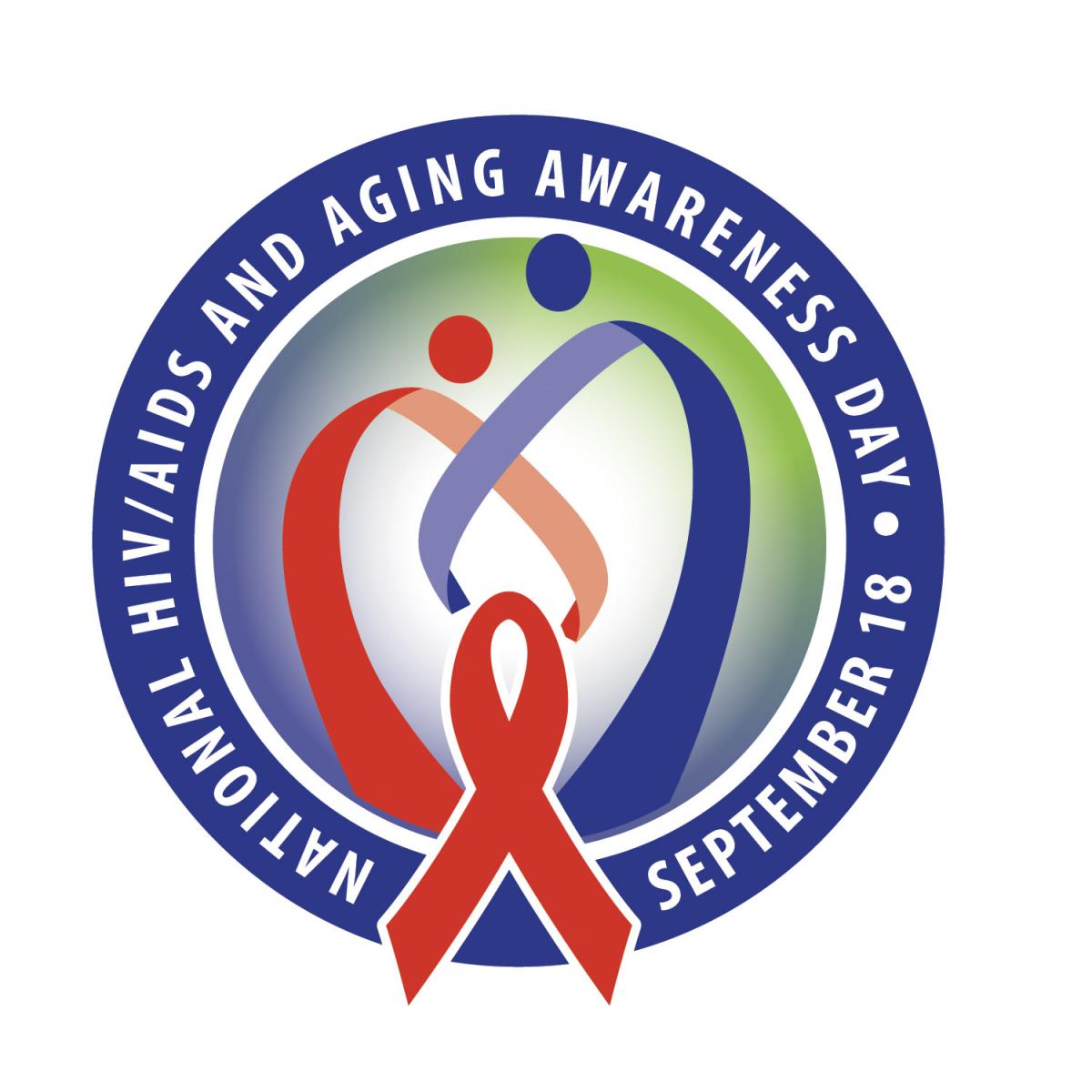Editor’s Note: ActionAIDS has long focused on the needs of older adults with or at risk for HIV. In this guest blog, Terri Clark, Prevention Services Coordinator at ActionAIDS, outlines basic issues about HIV and older adults. In future postings, Terri will share more information about what actions we’re taking at ActionAIDS, and what actions you can take, to address these issues.
As people with HIV live longer, issues of aging are gaining more attention from HIV researchers, clinicians, and advocates, including the AIDS Institute, which is sponsoring the 7th annual National HIV/AIDS and Aging Awareness Day, on September 18, 2014.
National HIV/AIDS and Aging Awareness Dayfocuses on the challenging issues facing the aging population with regard to HIV prevention, testing, care, and treatment.
Consider the following:
- Over 1 million Americans are living with HIV – and the number is on the rise
- Nationwide, 31 percent of people living with HIV are over the age of 50
- By 2015, half the people living with HIV in the U.S. will be over 50 years old
- Here in Pennsylvania, the state with the fourth highest portion of older adults in the nation, there are over 2.5 million residents over the age of 60
- In Pennsylvania, nearly 6,000 people over 45 years of age are living with HIV
Decades of Aging and Decades of HIV
The development of anti-retroviral therapy (ART) in the 1990s changed what it meant to be diagnosed with HIV, making it possible for people to thrive well into their 50s, 60s, 70s, and beyond. “Living with HIV” for any length of time was an unthinkable notion in the early years of the epidemic, but now is more and more the norm.
As positive as this notion may be, aging with HIV brings another set of issues to the table. The effect of years or decades of ART on bodies and lives is still unknown, and the situation only becomes more complicated when we add to the mix the general physical and social effects of aging itself, along with the lack of sexual health information for our aging boomers.
HIV positive individuals and their caregivers are feeling the burden of disease due to multiple co-morbid conditions and behavioral health issues, often related to stigma and loneliness, such as depression and substance abuse, which negatively affect treatment adherence and engagement in care. The social network of older adults with HIV is fragile and many depend on friends/partners also living with HIV. Many of these older adults have multiple unmet needs for caregiving and support from their informal networks of family and friends, and many turn to government and community-based supports. Yet these older adults face many barriers to obtaining services as they attempt to engage a system that has not fully grasped the implications of the graying of HIV.
HIV Prevention and Sexual Health Information
And there may even be more HIV positive folks who don’t yet know their status. Why? Healthcare providers do not always test older people for HIV and may miss some cases during routine check-ups, and older people often mistake signs of HIV for the aches and pains of normal aging, so they are less likely than younger people to seek testing. Also, older folks may be ashamed or afraid of being tested.
People age 50 and older may have the virus for years before being tested. By the time they are diagnosed with HIV, they may be in the late stages of illness.
The number of HIV cases is growing among older people every year because there is a lot of room for improvement when it comes to talking about sexual health targeted for our older adults. The subject of sex and sexuality triggers awkwardness and discomfort in many people. The topic of older adults’ sexuality evokes even more discomfort.
What we know is that although the level of desire often changes as we age, the need for intimacy and sexual expression remains constant over our lifetime. Many older adults believe that monogamous couples are not at risk for getting sexually transmitted infections (STIs), including HIV, or that protection against STIs/HIV, which may include birth control for heterosexual couples, is no longer needed after a woman is post-menopausal. Still others believe that only gay men can get HIV, or that they would be able to tell if someone was HIV positive. Older adults who are exposed to HIV are at greater risk because of weakened immune systems due to aging. Post-menopausal vaginal dryness, which makes the walls of the vagina more susceptible to minor abrasions, and the availability of drugs for erectile dysfunction, giving men who would not otherwise be able to have penetrative sex, the opportunity to do so, increase the risk of STIs/HIV. At the same time, are healthcare providers giving male patients condoms to go along with their Cialis or Viagra prescriptions?
Resources
In addition to the AIDS Institute National HIV/AIDS and Aging Awareness Day resources, there are two educational campaigns that are worth noting:
- AIDS Community Research Initiative of America (ACRIA)provides sex-positive information and resources
- www.safersex4seniors.org features an “ask the expert” column, frequently asked questions, and fact sheets that cover a variety of topics from picking the best lube to enjoying pleasurable safer sex while being HIV positive
–Terri Clark, MPH, Prevention Services Coordinator, ActionAIDS

